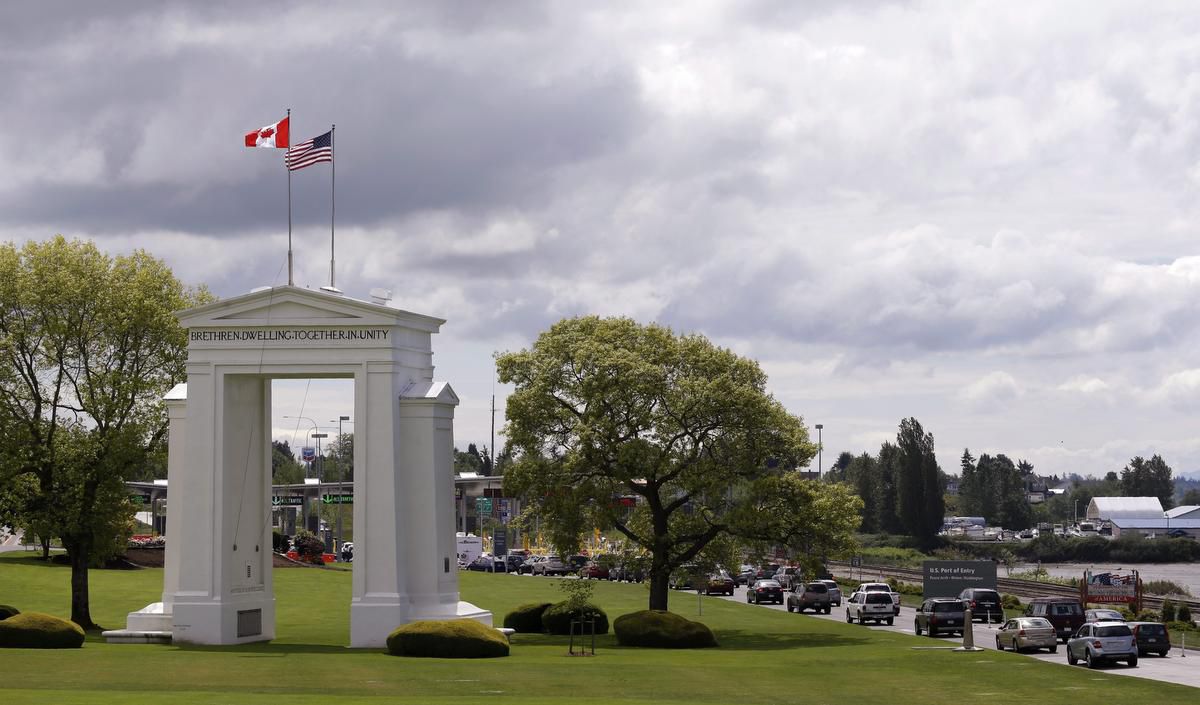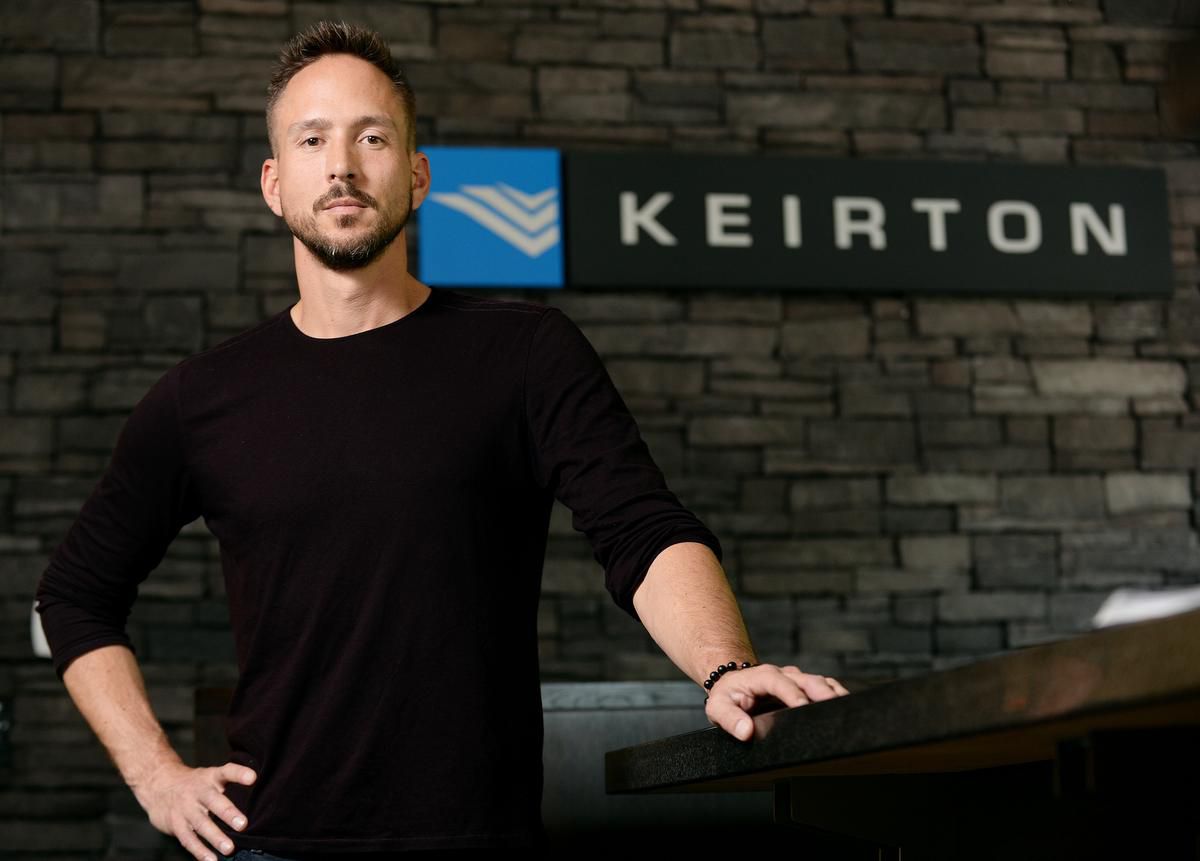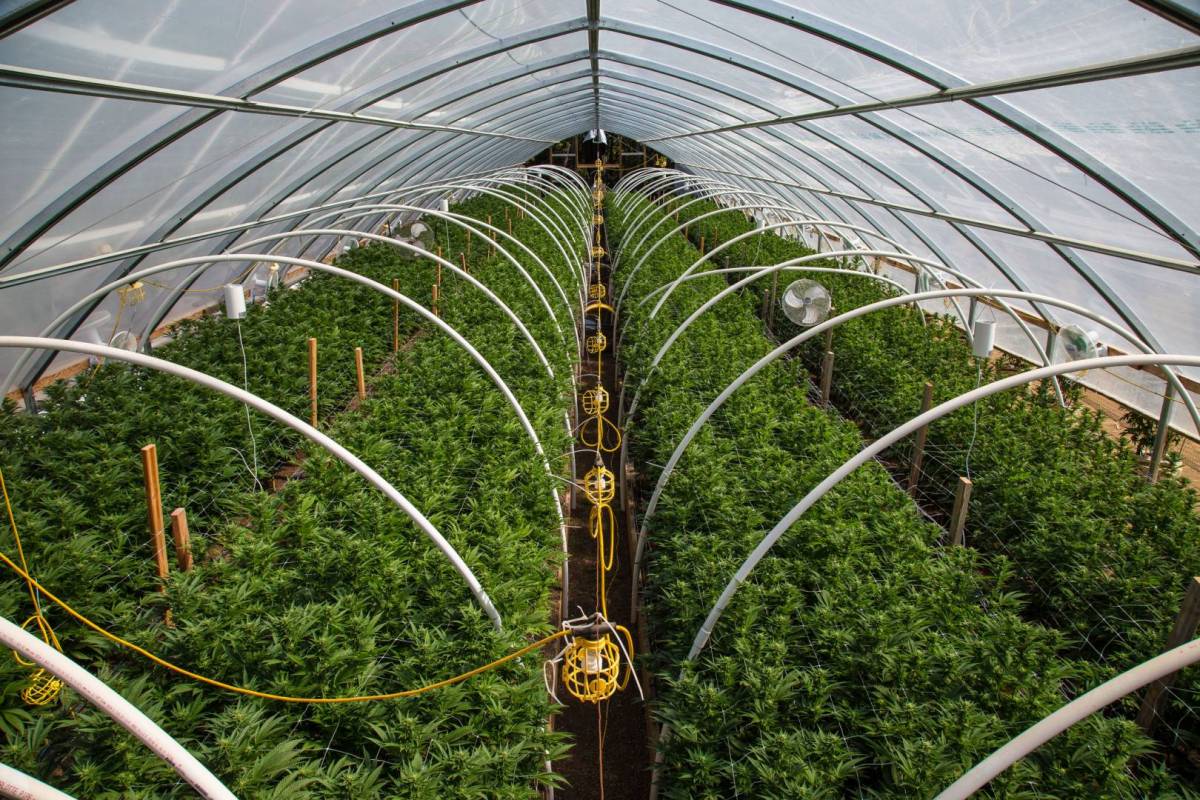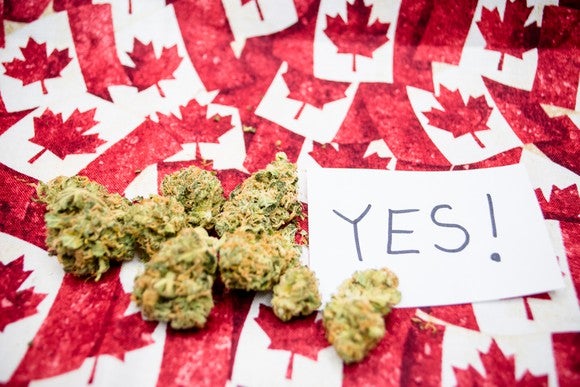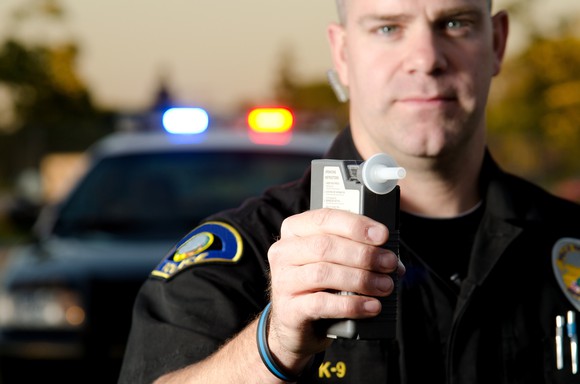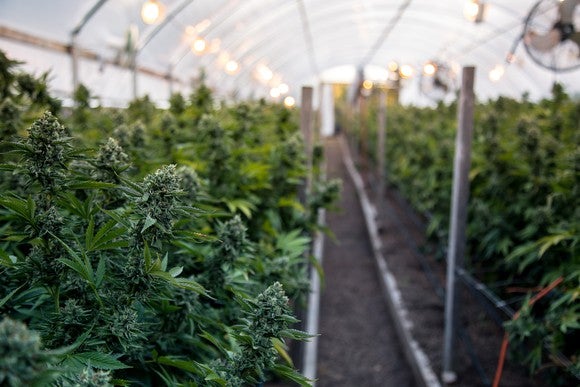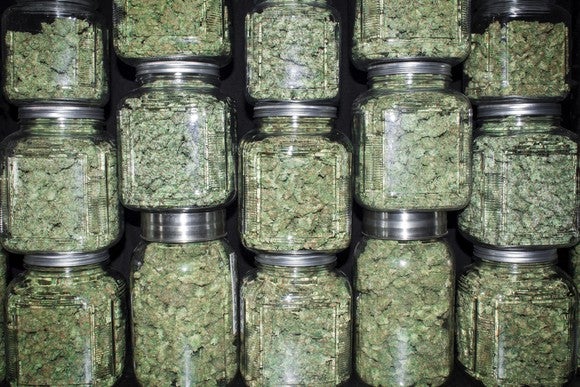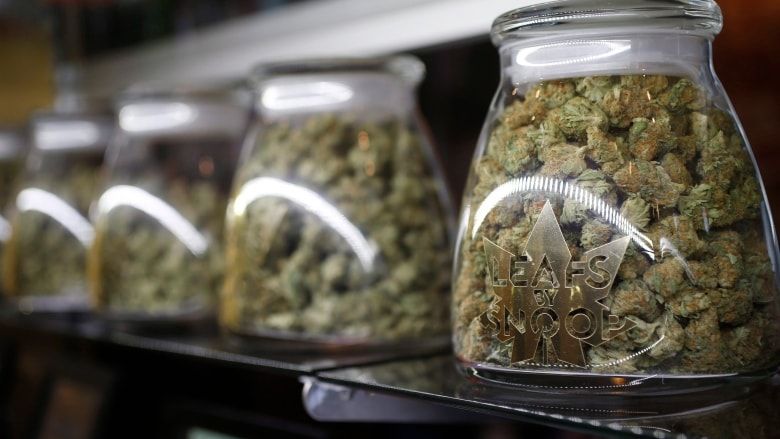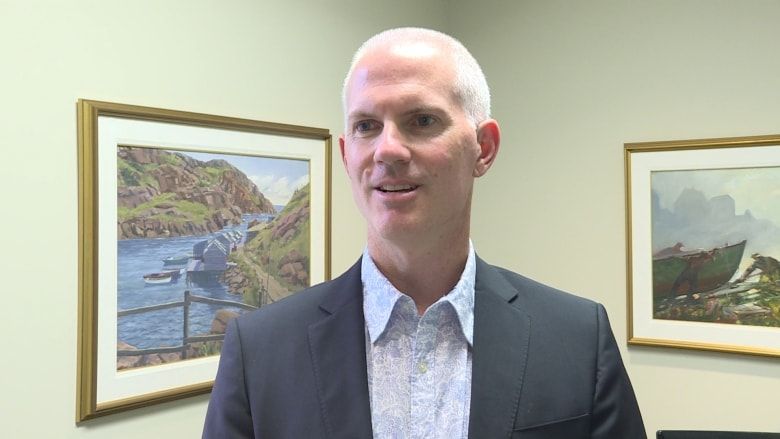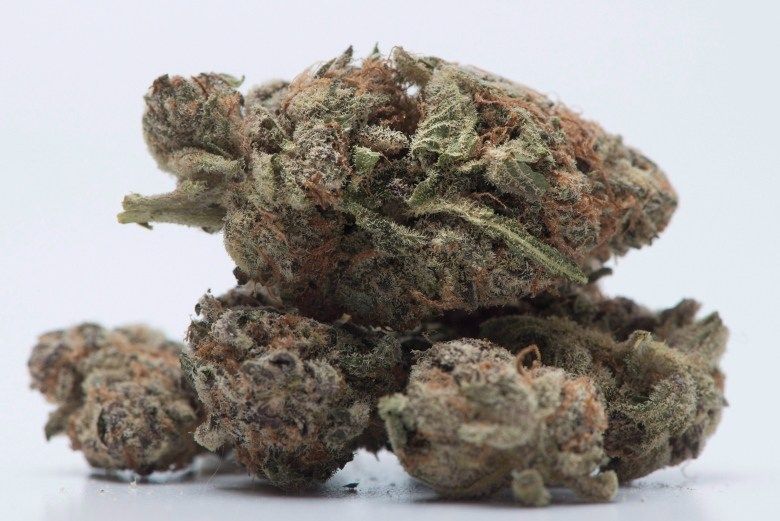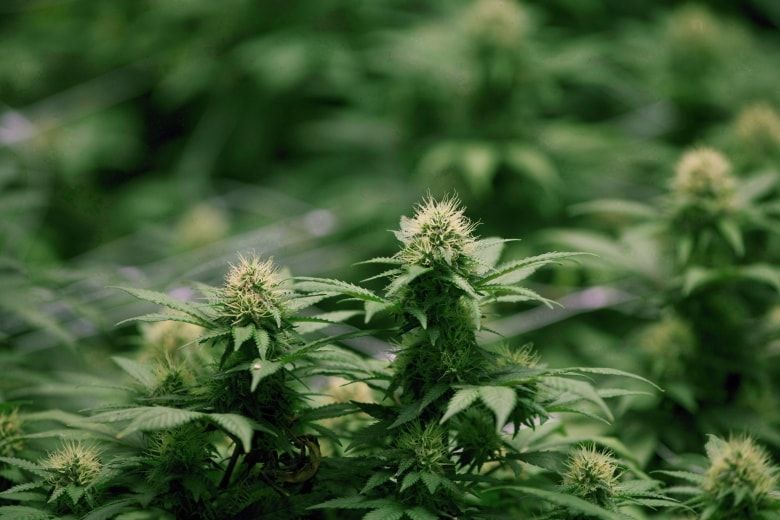Killick
Well-Known Member
Sadly the Canadian legal framework is all about maximizing profits for Licensed Providers, aka LPs, and not geared towards patient safety. The testing has been downloaded to the LP to carry out. One LP, OrganiGram, lost their Organic certification after a whistleblower pointed out that OrganiGram was hiding banned chemicals and pesticides in their office ceiling tiles when the inspectors came for their pre-scheduled visits...
Here's the official documentation. It outlines what LPs are supposed to do, but doesn't mention anything about actually checking to ensure these are being followed.
***
Good Production Practices
Licensed producers are subject to Good Production Practices that are meant, among other things, to ensure the cleanliness of the premises and equipment. The licensed producer is required to employ a quality assurance person with appropriate training, experience, and technical knowledge to approve the quality of fresh and dried marijuana, marijuana plants and seeds, and cannabis oil prior to making it available for sale.
Product Quality
Licensed producers must conduct tests on their products, including, as applicable:
***the link referenced above, a 'guidance document', is dated 2016 and is archived and not updated).
Other requirements
Licensed producers must also meet other requirements under Good Production Practices under the ACMPR including, but not limited to:
https://www.canada.ca/en/health-can...ss-cannabis-medical-purposes-regulations.html
Here's the official documentation. It outlines what LPs are supposed to do, but doesn't mention anything about actually checking to ensure these are being followed.
***
Good Production Practices
Licensed producers are subject to Good Production Practices that are meant, among other things, to ensure the cleanliness of the premises and equipment. The licensed producer is required to employ a quality assurance person with appropriate training, experience, and technical knowledge to approve the quality of fresh and dried marijuana, marijuana plants and seeds, and cannabis oil prior to making it available for sale.
Product Quality
Licensed producers must conduct tests on their products, including, as applicable:
- for microbial and chemical contaminants of fresh and dried marijuana, and cannabis oil
- for disintegration of capsules or similar dosage forms of cannabis oil
- for residues of solvents in cannabis oil for content of delta-9-tetrahydrocannabinol, delta-9-tetrahydrocannabinolic acid, cannabidiol and cannabidiolic acid
***the link referenced above, a 'guidance document', is dated 2016 and is archived and not updated).
Other requirements
Licensed producers must also meet other requirements under Good Production Practices under the ACMPR including, but not limited to:
- Sanitation Program
- Standard Operating Procedures
- Establishment of a Recall System
https://www.canada.ca/en/health-can...ss-cannabis-medical-purposes-regulations.html
Last edited:



